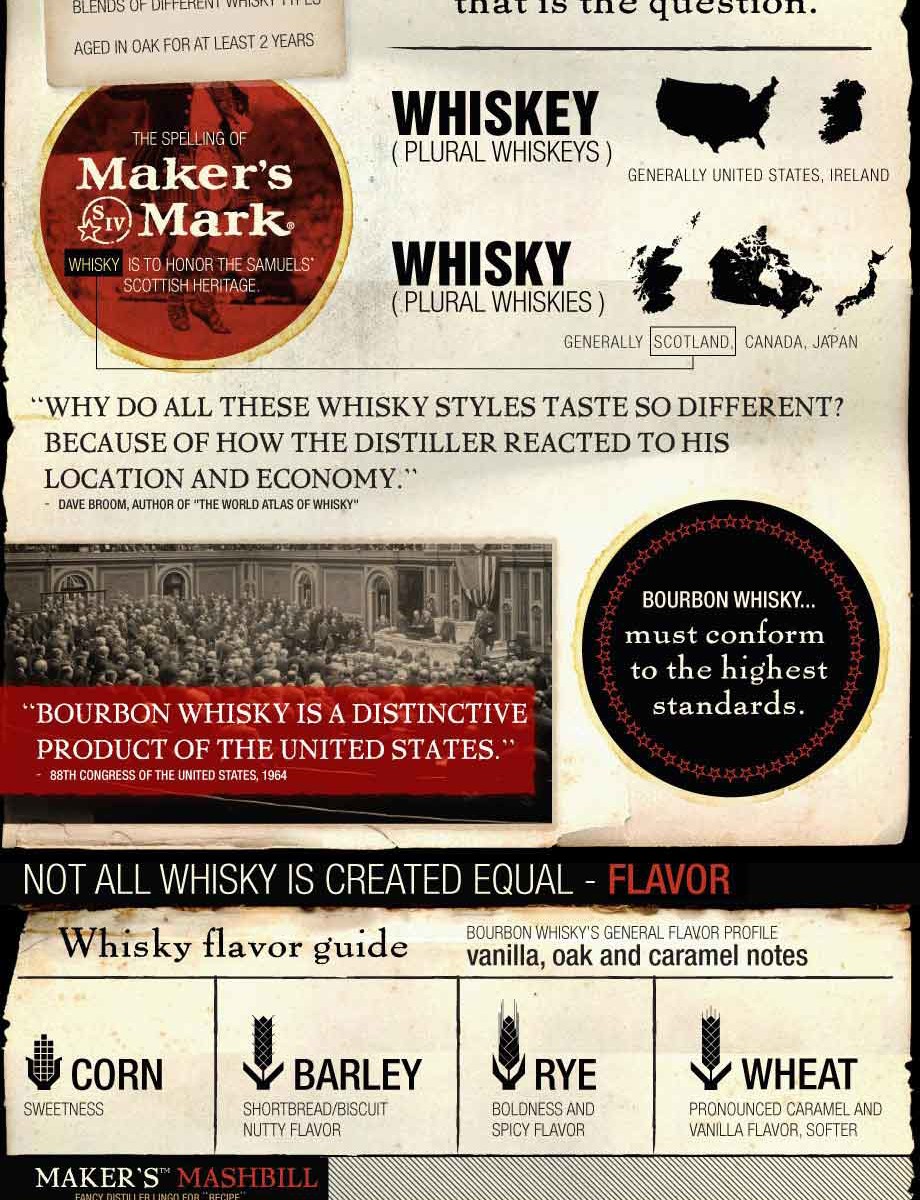

These whiskeys offer a playful expression of how far and creative whiskey-making in the US has come and are quickly becoming a hot commodity for whiskey aficionados. It may be referred to as “single malt” (or “ straight whiskey“) if the whiskey has been aged for a minimum of two years, has no added coloring or flavoring, and has not been blended with any other neutral grain spirits or other types of whiskeys.These must be stored in new charred oak barrels at less than 62.5% ABV.They must come from a fermented mash consisting of no less than 51% malted barley grain– The only exception is malted rye whiskey, which must be a minimum of 51% malted rye.They offer a similar uniqueness to Scotch, only softer and less “peaty,” while paying homage to that distilling style that has been perfected over centuries now with a flair of modernity.Īmerican malted whiskies follow a somewhat more minimal set of rules than their Scottish counterparts (more on that below): Though not quite as popular as the others, these have gained some serious popularity in recent years. Talking American whiskey behooves us to mention bourbon and rye’s malty cousins: American single malt and blended malts. It should be known that most whiskeys, in general, are blends of different barrels and different ages. “ Single Barrel” – Exactly what it sounds like, each bottle comes from one barrel as opposed to being blended with others.“ Straight Bourbon Whiskey” – This bourbon follows the same restrictive rules as above however, it must be aged for a minimum of 2 years with absolutely no additives of any kind.“ Barrel Strength” or Cask Strength – This term refers to whiskey that has not been “proofed” down instead, they filter the whiskey straight from the oak barrel/cask into the bottle.“ Bottled in Bond” – This must always be 50% ABV– or 100 proof– and must always be bottled and aged in a Federally Bonded Warehouse under United States federal government regulations for no less than 4 years, all in accordance with the Bottle-in-Bond Act of 1897.From here, terms adding further guidelines can be applied, such as “ Bottled in Bond,” “Barrel Strength,” “Straight Bourbon,” and seemingly the favorite, “ Single Barrel.” These requirements are just the tip of the iceberg, the baseline into the world of bourbon.

G: Genuine: There can be no additives, i.e. That is a whole other rabbit hole worth diving into, but for the sake of our shared sanity, we’ll save it for another time.)ĭ: Distillation proof: Bourbon must be distilled to no higher than 80% ABV (alcohol by volume).Į: Entry proof: Bourbon must be no higher than 62.5% ABV when entering the barrel for aging.į: Fill Proof: Bourbon must be 40% ABV or above going into the bottle.
#Bourbon vs whiskey vs scotch chart how to
( Note: I would be remiss if I did not mention that there is a far greater history lesson to be learned surrounding the origin of the word, apart from understanding how to spell whisk(e)y orthographically. American whiskey is usually spelt with an ‘e’, while English, Welsh, Japanese and most other world whiskies are not.” Scotch whisky and Irish whiskey are often distinguished in spelling’. “Production and maturations of whisk(e)y is governed by law, not the word. This distinction applies in the plural form: The plural form of whiskey is whiskeys, while the plural form of whisky is whiskies.Īccording to the Scotch Whisky Association,

So the key difference between whiskey and whisky is simply location. Whisky ( without an E) refers to Scottish, Japanese, and Canadian-produced whisky. Whiskey ( with an E) refers to Irish or American-made whiskey. Let’s start with the spelling differences, shall we? The spelling of the word whisk(e)y is an indication of its place of origin.


 0 kommentar(er)
0 kommentar(er)
